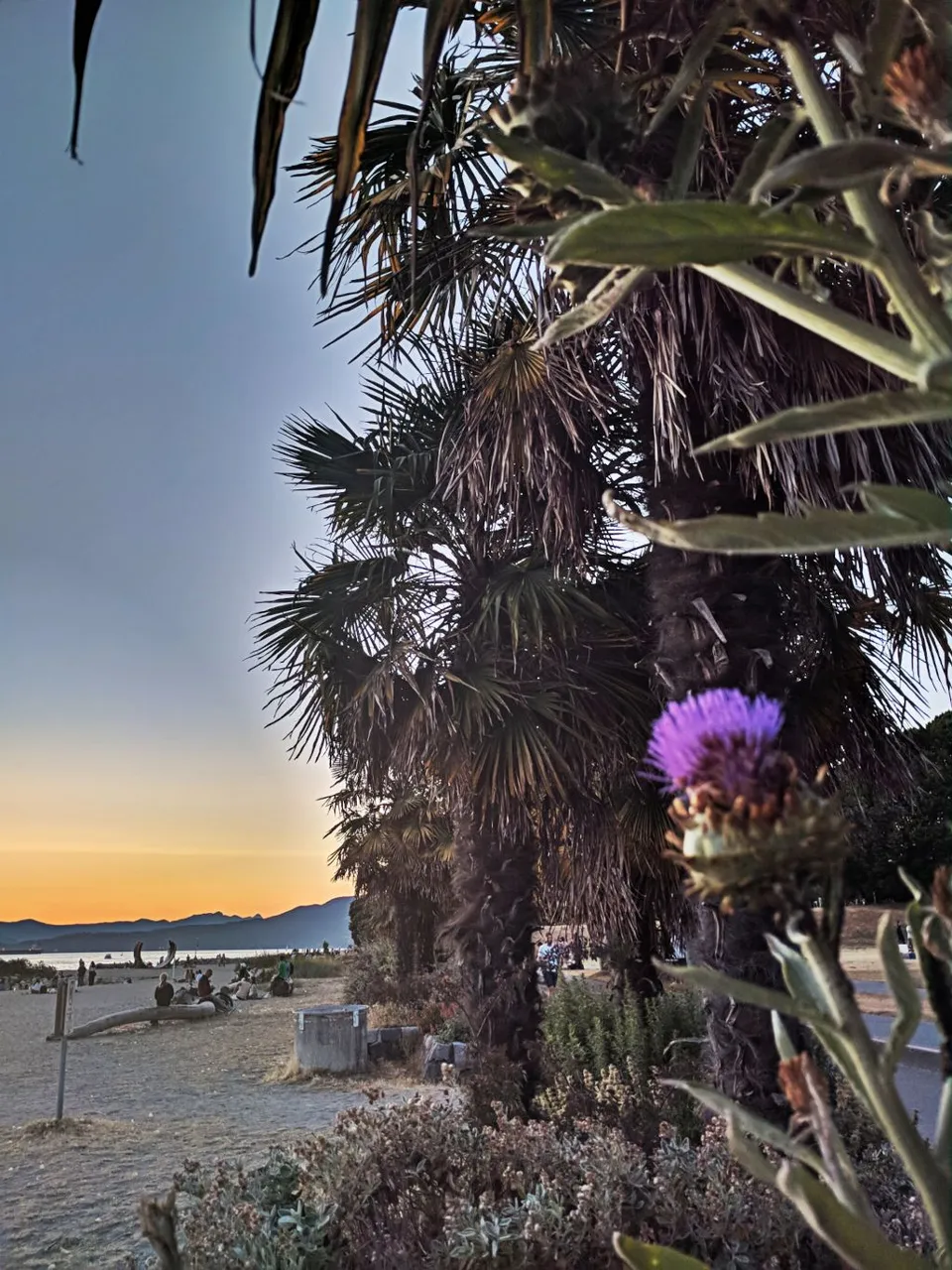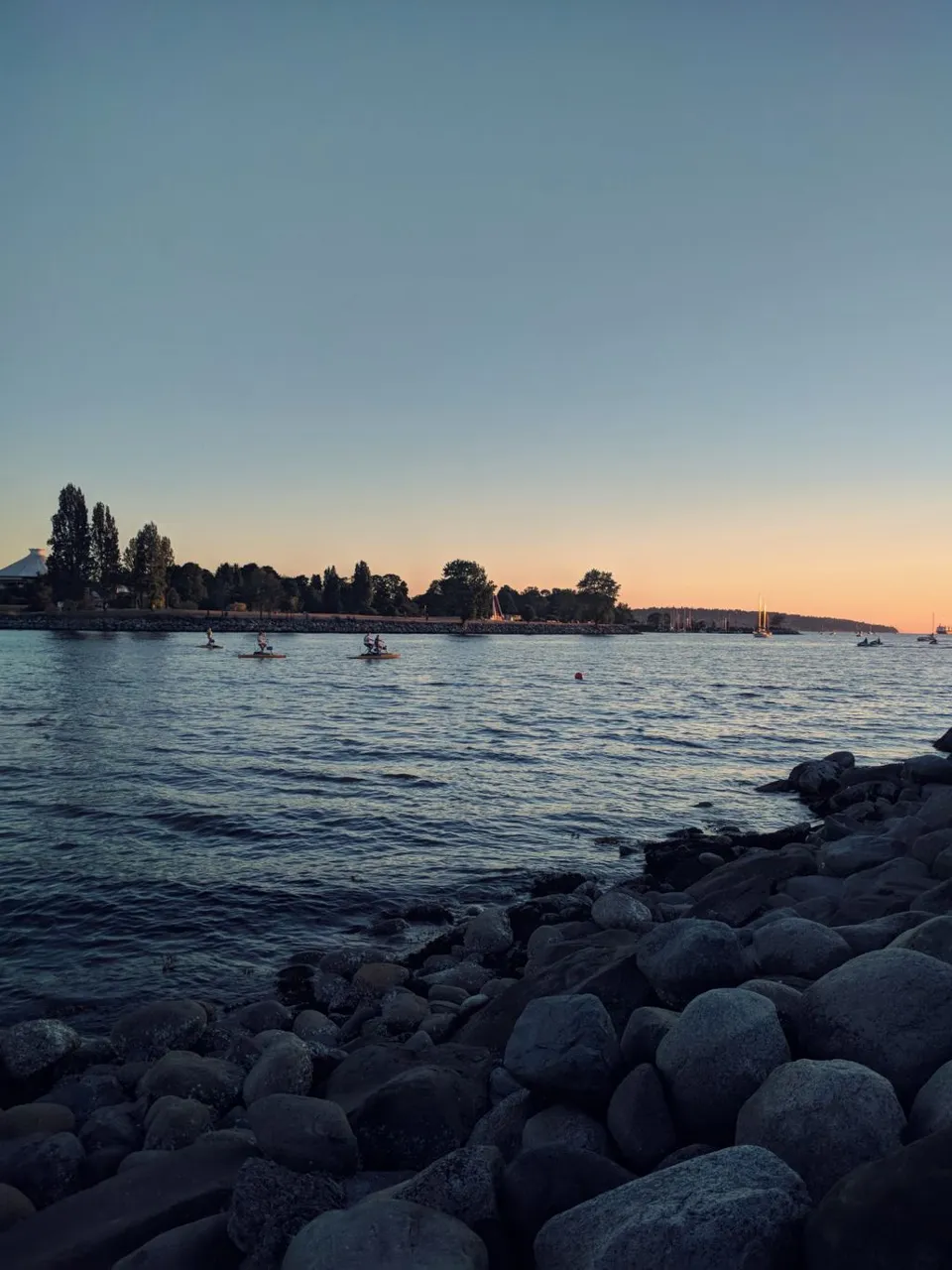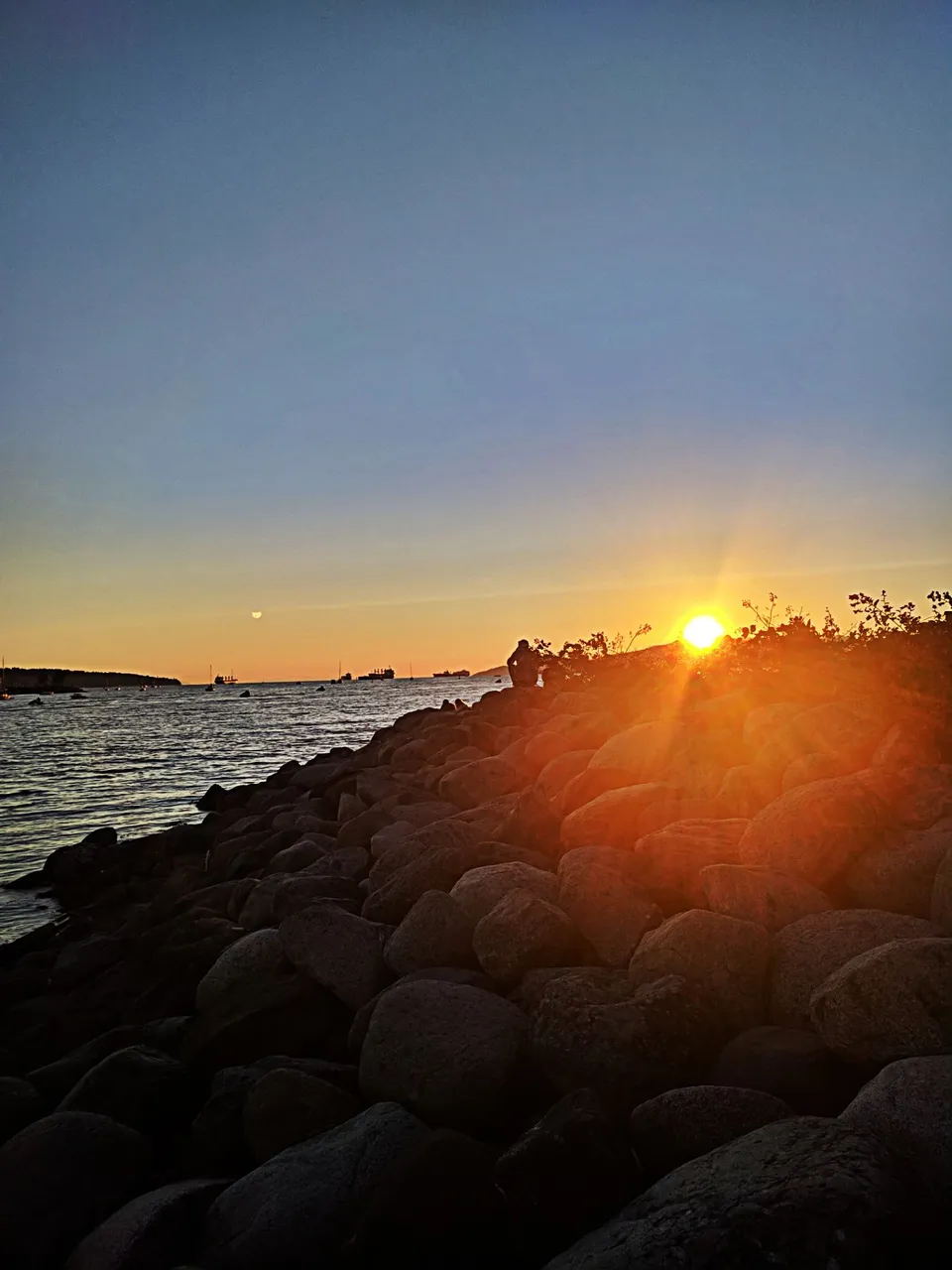
Inhabitants of this region enjoy watching sunsets. They come from all over the mainland to stand on the edge of the water, sometimes even in the water, then facing west, they wait for the sun to go down.

Imagine the actual state of things, based on the latest scientific data. Our eyes contain neural photoreceptors. Around 120 millions precision-engineered rods to sharpen details and 6 to 7 million lascivious cones ready to receive arousing color information. Intricate complexity. Photons travel from the sun, strike surfaces on Earth, bounce into our eyeballs, and stimulate these visual receptors. At this point, the mechanical information is transduced into a neuro-chemical cascade flowing along visual pathways, encoding, translating, and rendering electro-biochemical information until an image is created inside our heads.

What do you think would happen if we could somehow alter these visual input and our response to it through artificial means? Every dope fiend knows that there’s nothing more astonishing than the raw naked reality of a psychedelic sunset, for example. Done correctly, such an experience gives you a greater appreciation for the mysteries of the world around you. It opens possibilities beyond “normal” perception. Unfortunately, this led to hysterics in the 60s when reports of Sun-blinded hippies began to surface. Most of the reports were nonsense, but the urban legends persisted. It’s a shame because I really think that if you’re a healthy, well-adjusted, and God-fearing individual, then you owe it to yourself to stare at the Sun while high on drugs. In the words of the immortal Otto, “I don't need drugs to enjoy this. Just to enhance it.”

